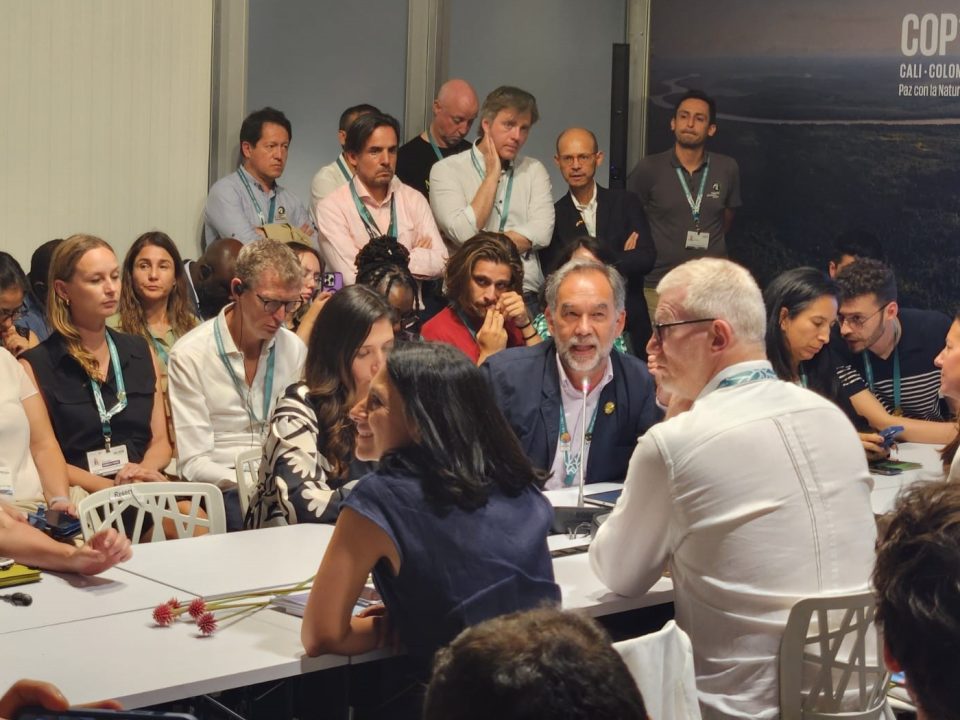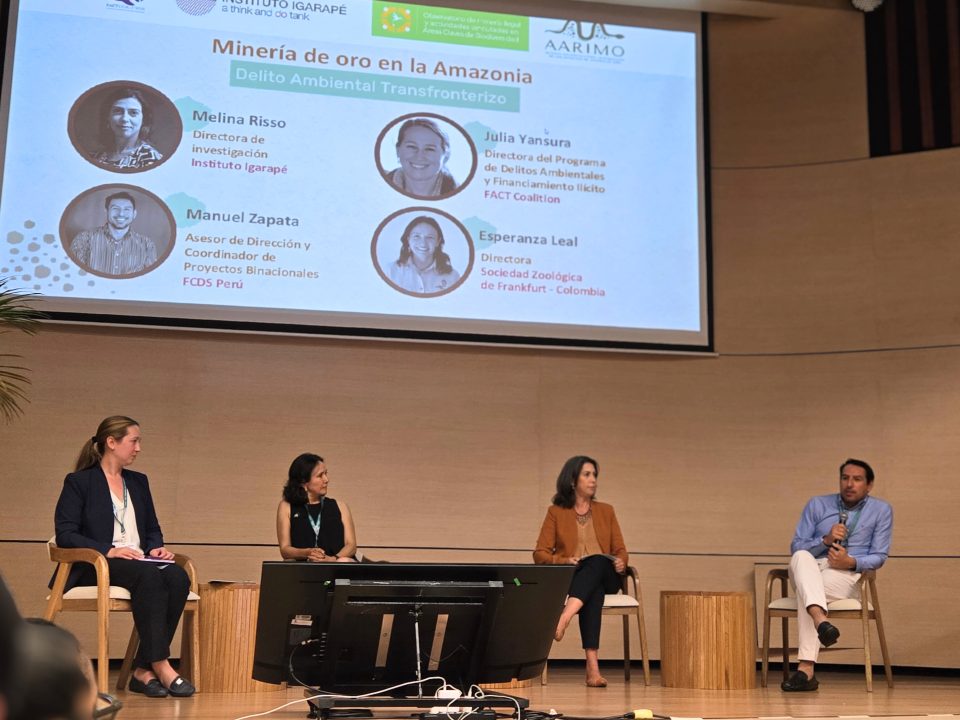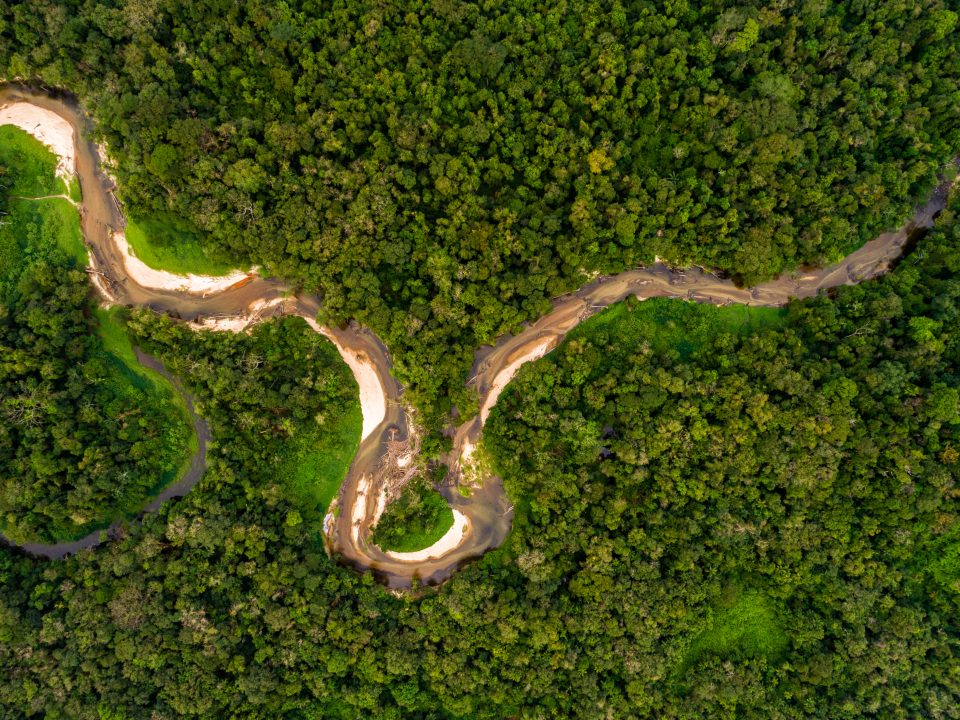Native and campesino communities and forestry concessions promote sustainable productive activities such as Brazil nut harvesting, artisanal fishing, melipon farming, agroforestry, nature tourism and research.
Puerto Maldonado, July 10, 2024. With technical support from the Foundation for Conservation and Sustainable Development (FCDS-Peru) and the Climate and Land Use Alliance (CLUA), nine local initiatives contributed to the conservation of more than 250,000 hectares of forest and to maintaining ecological connectivity between natural protected areas in the Madre de Dios and Loreto regions.
These are native and peasant communities, forestry and mining concessions located in territories impacted by illegal mining, land trafficking and illicit crops, who promoted sustainable productive activities to generate economic, social and environmental benefits for more than 250 families, mostly indigenous peoples (Boras, Huitotos, Yaguas, Ocainas, Harakbut and Yine).
Positive impact
The coordinator of the FCDS Peru in Madre de Dios and leader of this project, Raul Bello, explained that this type of sustainable activities strengthen local governance for decision making, contribute to the conservation of ecosystems, the protection of biodiversity and the reduction of socio-environmental conflicts within the territory.
“It has been important to directly reach these initiatives with concrete proposals co-created with them in order to have a strong level of involvement and local impact. They are the ones who live day to day in their territory, different users and inhabitants of the forest who have had different solutions to common threats. These activities demonstrate that there is no single way to combat the illegality that causes socio-environmental conflicts, because strengthening these activities is helping to strengthen local governance,” he said.
Likewise, the promoter of the scientific station of the mining concession 5 Rebeldes de Madre de Dios, one of the initiatives that participated in this project, Julissa Barrios, emphasized the importance of having carried out an exchange of experiences with local initiatives in Loreto, as it allowed her to learn about other sustainable practices to implement in her community.
“It is important to have this type of space not only to reflect, but also to see that even though we are two departments so far apart, we have many common objectives, especially the welfare of the Peruvian Amazon,” he said.
Sustainable initiatives
As part of this initiative, in Madre de Dios, management declarations were updated, equipment and technical training was provided for the sustainable use of Brazil nuts in 4 communities of the Amarakaeri ECA; the electricity service was improved using solar panels, the water supply system and field equipment in the 5 Rebeldes de Huepetuhe Mining Concession to receive local and international researchers.
In addition, we promoted the construction of infrastructure to promote nature tourism in Mazuko, in the buffer zone of the Bahuaja Sonene National Park; improved the presence and operation of a multipurpose environment within the Agrofocma forestry concession in Nuevo San Juan; and acquired land to build and implement an agroforestry nursery in Santa Rita Baja with the Biobosque del Inambari association.
Meanwhile, in Loreto, the Federation of Native Communities of Ampiyacu (Fecona) strengthened its activities with rosewood and meliponiculture; the fishing collection center of APA Lobo Marino in the upper Nanay basin became operational; and the communication, control and surveillance of the APA San Juan de Raya in the Pintuyacu-Chambira basin was improved.
During the implementation of these activities, strategic partners such as Camino Verde, Conservation International (CI), Nature and Culture International (NCI), Center for Amazonian Scientific Innovation (Cincia), as well as Yaguas Park and the Allpahuayo Mishana National Reserve supported these activities.






